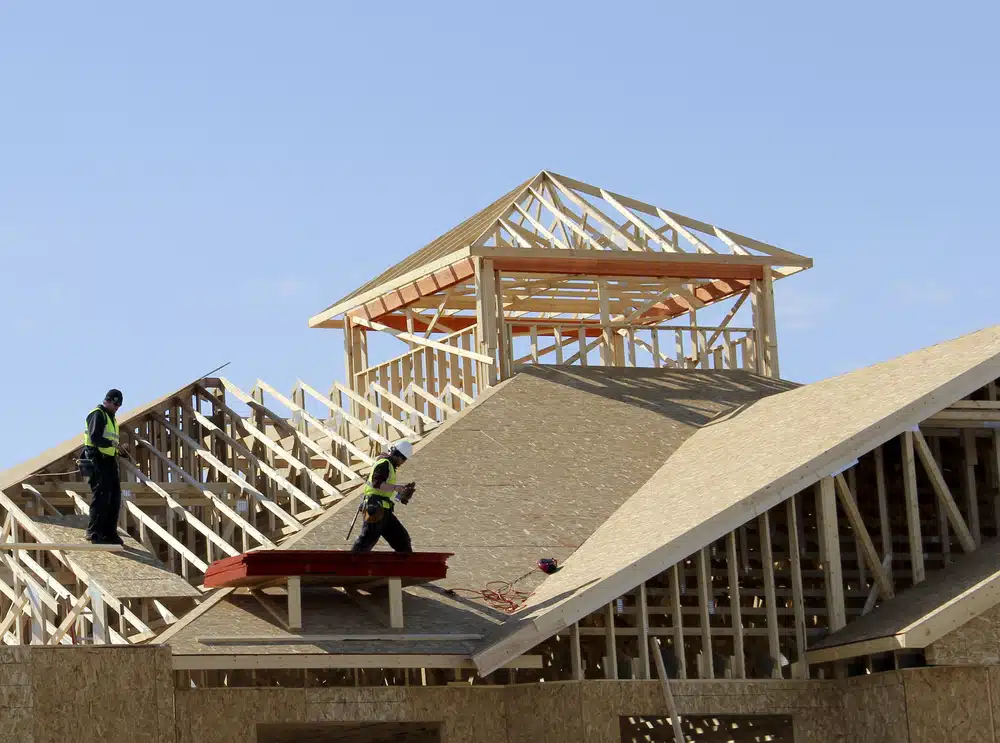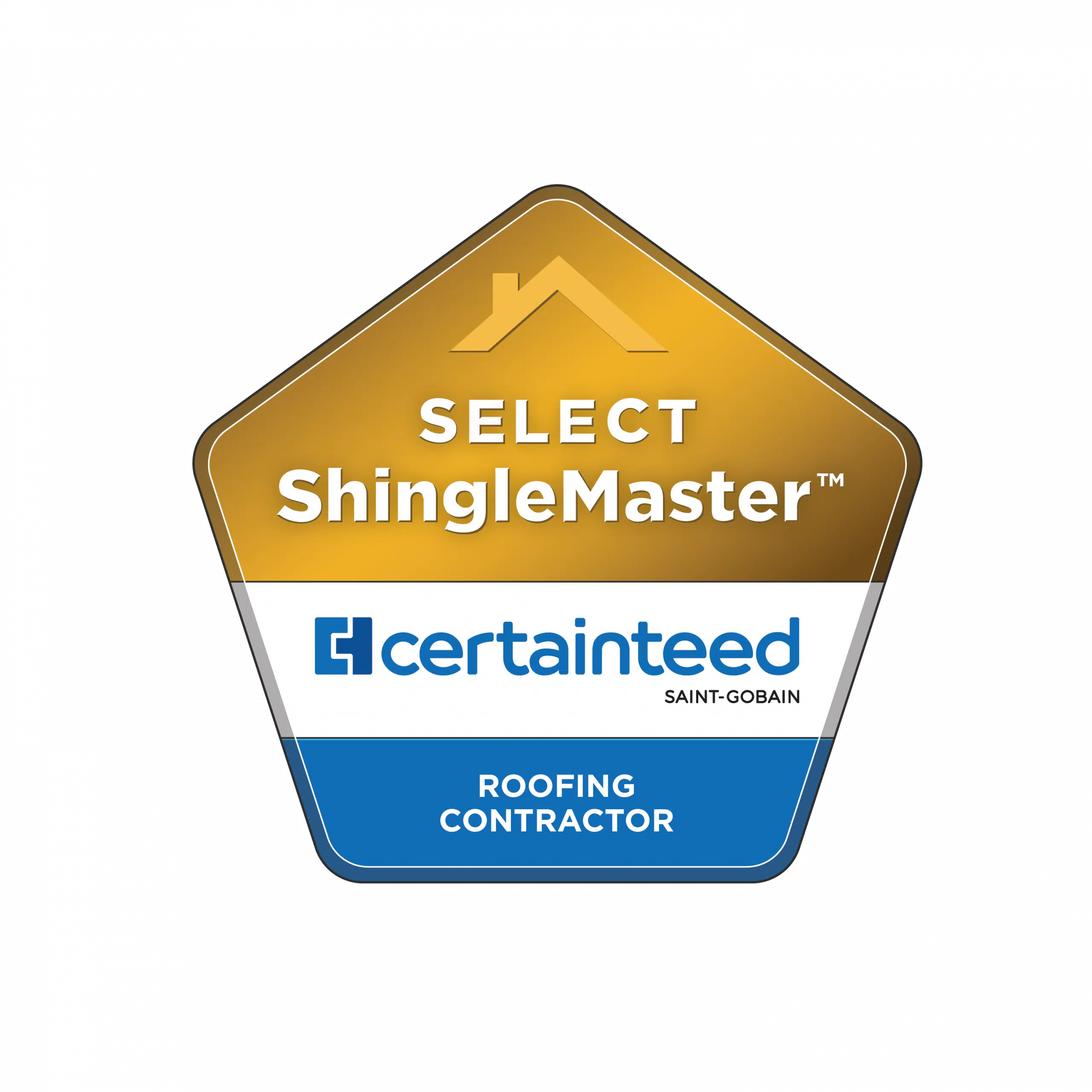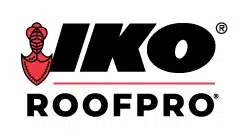
Contents
What Is A Complete Roofing System?
Did you know that roofing is designed to be installed as a complete system? Roofing manufacturers produce system components that work together to protect and waterproof the most critical leak areas of your roof. By utilizing these puzzle pieces you are ensured a quality waterproofing system has been installed and will last for many years. Another benefit is complete systems qualify for upgraded manufacturer warranties when installed by a qualified and certified roofing contractor.
Basic Components Of A Roofing System
Substrate
Roofing needs to be installed on a level smooth surface. This surface is known as the substrate or sheathing. Having a smooth roof deck reduces stress points on the new system and minimizes wrinkles telegraphing through the asphalt singles. If you are re-roofing it is important for your contractor to carefully inspect the existing sheathing and to replace rotten or compromised substrate materials. It is common to utilize 1/2″ CDX plywood or 7/16″ OSB to build a strong roof deck.
Eave And Rake Starter Metal
Starter metal is utilized around the entire perimeter of the roof to protect the edge of the plywood and fascia. It also helps to protect your roof deck from wind driven rain. Rake or fascia metal has a small flange on the end called a drip edge which helps to expel the water away from the fascia or barge board.
Starter Strips
Starter strips help protect the eave and rake edge of your home from wind driven rains and ice dams. Each roofing manufacturer has their own factory made starter shingles that are designed as part of their system and are easy to install. A common practice is to use 3 tab roofing shingles for starter. This method is acceptable but will not qualify your roof for an upgraded system warranty.
Underlayments And Roof Deck Protection
Roofing underlayments are a critical piece of a complete roofing system. Underlayments, also known as vapor barriers are designed to protect both the shingles from acidic saps that can deteriorate the shingles, and also to protect the roof deck from moisture trapped in between the shingles and roof deck. The most common type of underlayment is # 15 felt. This has long been the industry standard. New synthetic underlayments are also becoming very popular due to their breathability and their ability to seal around nail penetrations.
Leak Barrier
Leak barrier membranes are a special SBS or rubberized membrane that protect your homes most critical leak areas. Due to their flexibility they fit well in areas with angles like skylight curbs, sidewall and roof to wall transitions. Other common areas of use are: valleys, eave and rake edges, plumbing pipe penetrations and low slope roof decks that are under a 3:12 pitch ratio.
Flashings
Flashings are very critical to your roofing system. You have probably seen flashing utilized on your roof around your chimney or skylight. These are step flashings, roof to wall flashings and back pan flashings. Many roof leaks are caused by improper flashing, make sure these areas are installed correctly when performing a re-roof.
Plumbing Pipe Boots
Every roof has penetrations through the roof known as plumbing pipe’s. This is an obvious critical leak area which needs to be protected. Manufacturers have designed a neoprene pipe boot that effectively waterproofs this aspect of your roof.
Field Shingles
Field shingles are the aspect of your waterproofing shingles that are seen on the home. They are comprised of a fiberglass matt, dipped in asphalt and coated with special waterproofing granules. They come in many styles, thicknesses and colors. The most common are 3 tab, architectural laminate and tri-laminate. Some well-known manufacturers include Certainteed, GAF, IKO, and BP
Hip And Ridge Shingles
Hip and ridge shingles are the icing on the cake. They help to waterproof the ridge or peak of the roof. It is common to use 3 tab shingles for ridge, but there are also great manufacturer premade ridge shingles. The benefit of a factory made shingle is that they are typically thicker, have a better warranty and add greater aesthetic appeal to your home.
Enjoy The Safety Of A Complete Roofing System
A complete roofing system is the best way to protect your home and family from the elements. Repairs are possible and common on newer roofs under certain circumstances, but a repair on an older roof is a band-aid approach that won’t have all the parts of the roof puzzle working together for a truly sealed system. In many jurisdictions across North America, such as Ontario, there are no mandatory qualifications or licenses for contractors to follow. In reality, anyone can become a roofing contractor that has a pickup truck and little if no roofing knowledge. Be wary of these contractors, they usually have low ball prices and have not been in business many years. It’s true you can save a little money by going with a very low bid, but typically it means the contractor has removed some of the key components of the system in order to provide an appealing price. When it comes to an important waterproofing system for your home we always encourage choosing value over price. In many cases if you choose to go with a system based on a great price you will no doubt pay for it many times over in the future. As a general rule of thumb, in the roofing industry you pay for what you get!
This guest article was provided by: Joshua Wilson










